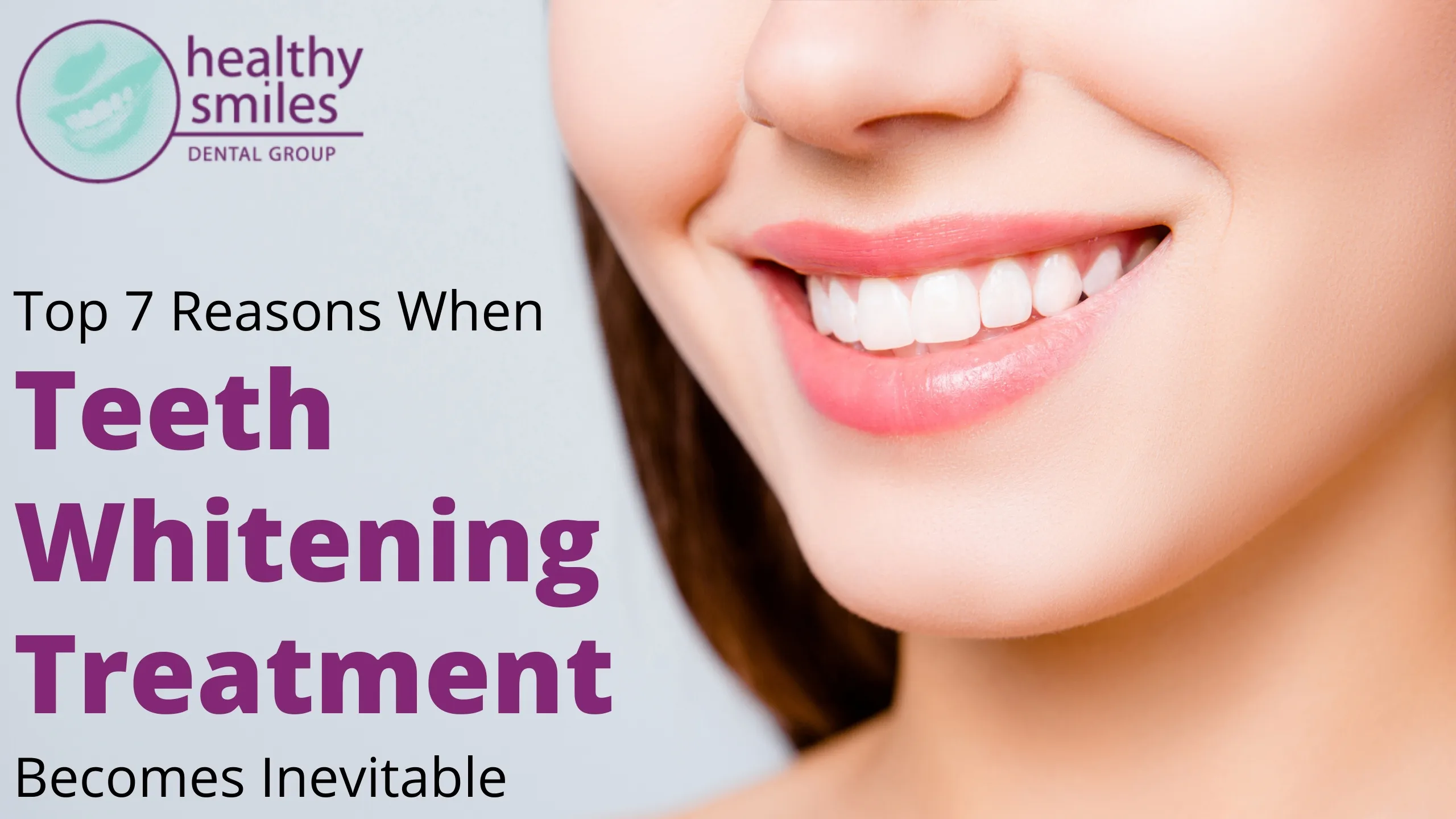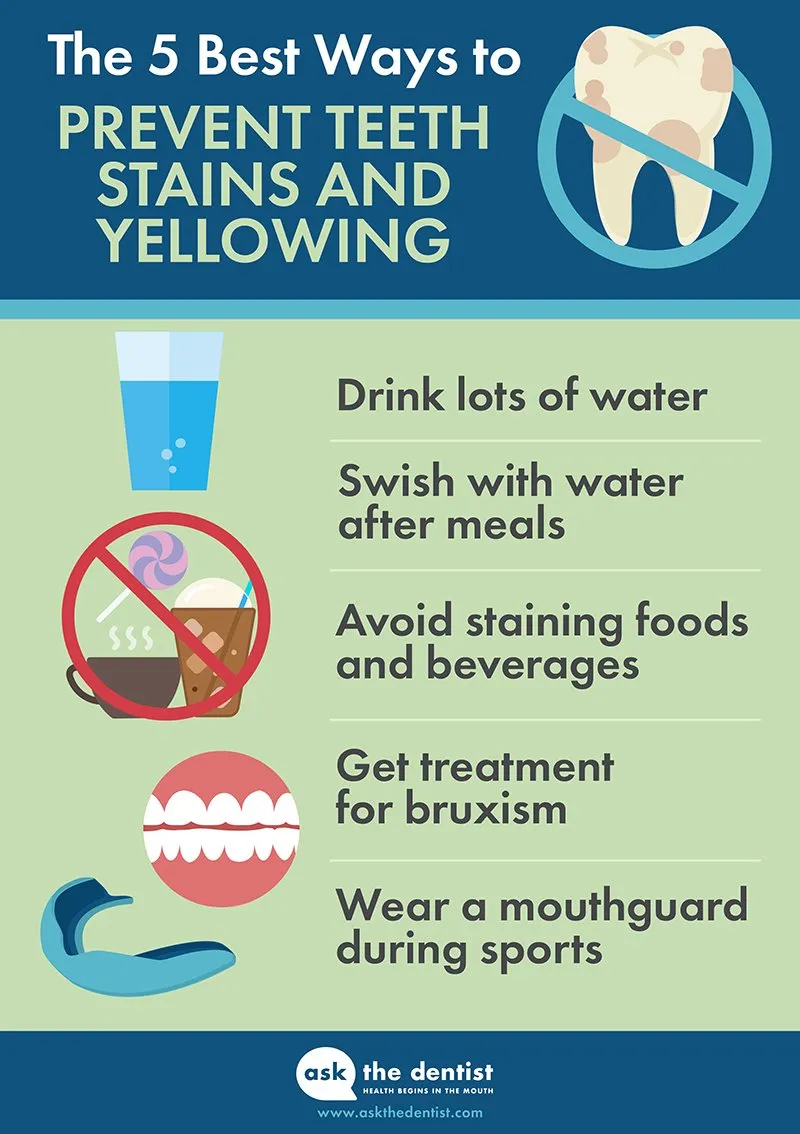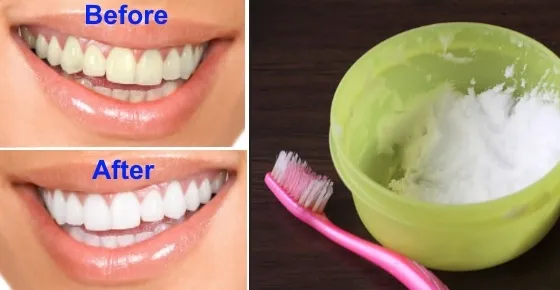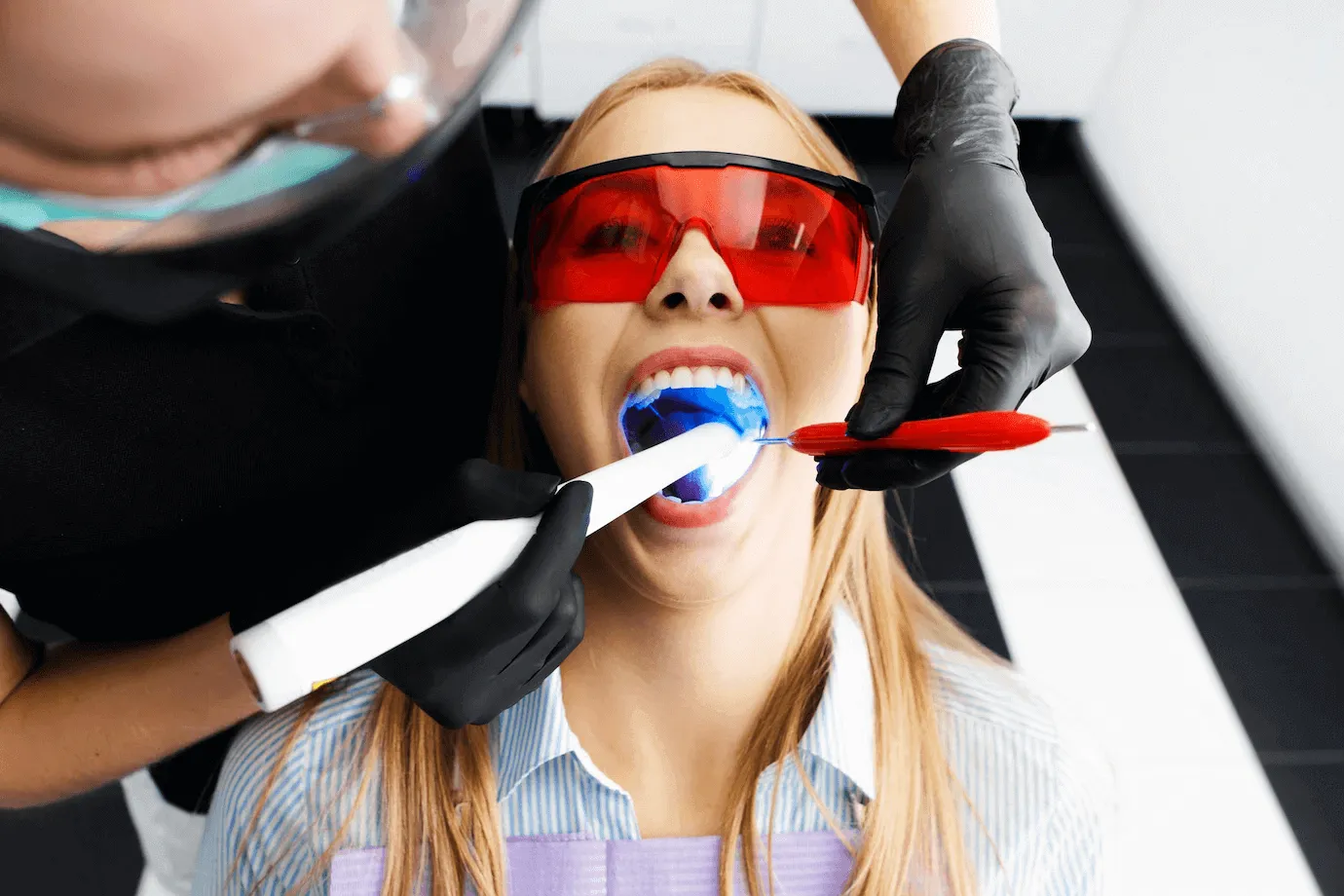Understanding Teeth Whitening Pain
Teeth whitening is a popular cosmetic procedure, but it can sometimes lead to discomfort. Many people experience some level of sensitivity or pain during or after the process. This pain, while usually temporary, can range from mild sensitivity to more intense, throbbing sensations. It is crucial to understand the causes and how to manage it effectively to ensure a comfortable experience and maintain your beautiful, bright smile. This article will delve into the common causes of teeth whitening pain and provide practical, easy-to-follow methods to alleviate the discomfort. Remember, consulting your dentist is always the best course of action if you experience severe or persistent pain.
What Causes Teeth Whitening Pain
Several factors contribute to the pain associated with teeth whitening. The primary culprits are the active ingredients in whitening products, primarily hydrogen peroxide or carbamide peroxide. These chemicals penetrate the enamel to break down stains, but they can also irritate the nerves inside the teeth. This irritation can cause temporary sensitivity and, in some cases, more significant pain. Understanding these underlying causes is the first step in effectively managing the discomfort. While pain is not always avoidable, being aware of the contributing factors can help you minimize the impact and choose the right approach for your situation.
Sensitivity to Whitening Agents

The primary cause of pain is the sensitivity to the whitening agents used. Hydrogen peroxide and carbamide peroxide are common culprits. These chemicals, in their effort to penetrate and lift stains, also seep through the pores of the enamel and reach the nerves in your teeth, causing sensitivity. This sensitivity is heightened if you already have pre-existing dental issues. The higher the concentration of the whitening agent and the longer it is applied, the more likely you are to experience pain. Therefore, choosing a product with a lower concentration or shortening the application time can be a preventative strategy. Understanding your sensitivity threshold is crucial.
Gum Irritation and Inflammation
Besides tooth sensitivity, gum irritation is another significant source of pain. Whitening products can sometimes come into contact with the soft tissues of your gums, leading to inflammation and discomfort. This is particularly common if the whitening trays do not fit properly, allowing the bleaching agent to leak out. Moreover, some individuals may have pre-existing gum issues, such as gingivitis, which can make them more susceptible to irritation. Ensuring a proper fit of your whitening trays and carefully applying the product can help prevent contact with the gums. Additionally, if you have gum inflammation, consult your dentist before whitening your teeth.
Methods to Relieve Teeth Whitening Pain
Fortunately, various effective methods can alleviate teeth whitening pain and make the process more manageable. From over-the-counter remedies to home treatments and professional procedures, multiple options can help you find relief. The best approach depends on the intensity of your pain and your individual needs. Explore these methods and find the combination that works best for you, allowing you to enjoy your brighter smile with greater comfort. If your pain is severe or doesn’t subside, seek professional help immediately.
Over-the-Counter Pain Relievers

Over-the-counter (OTC) pain relievers can provide quick relief from teeth whitening pain. Common options include ibuprofen (Advil, Motrin) and acetaminophen (Tylenol), which can help manage mild to moderate discomfort. Follow the instructions on the packaging and do not exceed the recommended dosage. These medications are usually effective in reducing sensitivity and inflammation, allowing you to continue with your daily activities. However, it’s important to consult your doctor or dentist if the pain persists or worsens, as it could indicate a more serious underlying issue. These pain relievers are a good first line of defense for managing discomfort.
Desensitizing Toothpaste
Desensitizing toothpaste is specifically designed to help reduce tooth sensitivity. These toothpastes typically contain ingredients like potassium nitrate or stannous fluoride, which help block the tubules in your teeth, reducing the access of irritants to the nerves. Switching to a desensitizing toothpaste a few weeks before starting the whitening process and continuing its use throughout the whitening period can significantly minimize sensitivity. Brush gently and avoid overly aggressive brushing, as this can worsen sensitivity. Consistency is key; using this toothpaste regularly will provide the best results and comfort.
Fluoride Treatments
Fluoride treatments strengthen tooth enamel and reduce sensitivity. Fluoride helps to remineralize the teeth, making them more resistant to the effects of whitening agents. This can be done at home using over-the-counter fluoride rinses or by a dentist, who can apply a higher concentration of fluoride. Professional treatments, such as fluoride varnish, provide an extra layer of protection. If you are prone to sensitivity, consider adding a fluoride treatment to your pre-whitening routine. This will help you in the long run and minimize pain by creating a protective barrier.
Avoiding Trigger Foods and Drinks

Certain foods and drinks can exacerbate tooth sensitivity. During and after teeth whitening, it is advisable to avoid or limit the consumption of highly acidic, sugary, or very hot or cold items. Acidic foods and beverages like citrus fruits, soda, and coffee can erode the enamel, making your teeth more sensitive. Extreme temperatures can also trigger pain. By avoiding these trigger foods, you can minimize discomfort and allow your teeth to recover. Stick to a diet of bland, soft foods and lukewarm beverages during your whitening treatment to avoid discomfort.
Home Remedies for Pain Relief
In addition to OTC medications and professional treatments, some simple home remedies can offer relief from teeth whitening pain. These remedies are easily accessible and can provide quick and effective comfort, especially if you’re experiencing mild sensitivity. By combining these methods, you can create a comprehensive approach to pain management at home, making the whitening experience more pleasant.
Cold Compresses
Applying a cold compress to your cheek can help soothe pain and reduce inflammation. The cold temperature numbs the area, providing temporary relief from sensitivity. Place an ice pack or a cold cloth on your cheek for about 15-20 minutes at a time, several times a day, as needed. Make sure to wrap the ice pack in a towel to prevent direct contact with your skin and potential damage. This is a simple, yet effective, method to reduce discomfort and inflammation associated with teeth whitening.
Saltwater Rinse

A saltwater rinse can help reduce inflammation and promote healing. Mix half a teaspoon of salt in a glass of warm water and rinse your mouth gently for about 30 seconds. Saltwater has natural antiseptic properties and can help soothe irritated gums. Repeat this several times a day, especially after brushing your teeth. This is a gentle, yet effective, home remedy that helps maintain oral hygiene while addressing sensitivity and inflammation.
Clove Oil
Clove oil is a natural pain reliever and antiseptic that can offer relief from tooth pain. It contains eugenol, which has anesthetic and anti-inflammatory properties. You can apply a small amount of clove oil directly to the sensitive areas of your teeth using a cotton swab. Alternatively, you can dilute it with a carrier oil like olive oil. However, use it sparingly, as excessive use can cause irritation. Always consult with a dentist before using clove oil, especially if you have sensitive gums or other dental issues.
Professional Treatments for Sensitivity
If home remedies and over-the-counter solutions are not providing enough relief, your dentist can offer professional treatments to address teeth whitening sensitivity. These treatments are designed to provide more potent and lasting relief, ensuring you can continue your whitening journey with minimal discomfort. Consulting your dentist is highly recommended if your pain is severe or persistent.
Fluoride Varnish

Your dentist can apply a fluoride varnish to your teeth. This is a concentrated fluoride treatment that strengthens the enamel and reduces sensitivity. The varnish creates a protective layer on the teeth, which helps block the tubules that transmit pain signals to the nerves. It’s a quick and easy procedure, and the effects can last for several weeks or months. This is a safe and effective method to enhance your comfort during and after the teeth whitening process.
Prescription Strength Toothpaste
Your dentist may prescribe a higher concentration of desensitizing toothpaste than you can buy over the counter. This toothpaste contains a higher level of active ingredients like potassium nitrate, which can provide more effective and quicker relief. Using prescription toothpaste as directed by your dentist can significantly reduce your sensitivity to whitening agents. Following the instructions precisely will provide you with the most effective results and minimize the discomfort.
Custom Whitening Trays
Ill-fitting whitening trays can lead to gum irritation, which can exacerbate the sensitivity. Your dentist can create custom whitening trays that fit your teeth perfectly. These trays ensure even distribution of the whitening agent and prevent it from leaking onto your gums. This reduces the risk of irritation and makes the whitening process more comfortable. A perfect fit makes a considerable difference to a successful and pain-free whitening experience.
Preventative Measures for Future Whitening

Taking preventative measures can help you minimize or avoid pain during future whitening treatments. Planning ahead and taking specific steps before, during, and after the whitening process will make for a much more comfortable and successful experience. Proactive preparation can significantly enhance your comfort level.
Consulting with Your Dentist
Before starting any teeth whitening treatment, it’s essential to consult with your dentist. They can assess your oral health, identify any pre-existing conditions that might increase your risk of pain, and recommend a whitening plan tailored to your needs. Your dentist can also advise on which whitening products are safest and most effective for you. Regular dental checkups are key to identifying potential problems and making sure you have a positive whitening experience.
Choosing the Right Whitening Product
The type of whitening product you choose can significantly impact the level of pain you experience. Over-the-counter products contain varying concentrations of whitening agents. If you are prone to sensitivity, consider using a product with a lower concentration of hydrogen peroxide or carbamide peroxide. Your dentist can recommend professional-strength whitening treatments, often with customized trays, for a more controlled and less painful approach. Consulting with your dentist on the most appropriate product based on your oral health will minimize discomfort.
Following Whitening Instructions
Carefully following the instructions provided with your whitening product is essential to prevent pain. Do not exceed the recommended treatment time or frequency. Overuse can irritate the gums and increase tooth sensitivity. If you’re using trays, make sure to apply the correct amount of gel and avoid overflowing, which can cause gum irritation. By following the instructions and being patient, you can achieve a brighter smile with minimal discomfort.
In conclusion, experiencing pain during teeth whitening is common, but it is manageable. Understanding the causes, using the right strategies, and consulting with your dentist can help you achieve a brighter smile without excessive discomfort. From over-the-counter remedies to home treatments and professional procedures, many options are available to alleviate pain and ensure a positive whitening experience. By following these guidelines, you can enjoy the benefits of teeth whitening while maintaining your oral health and comfort.
